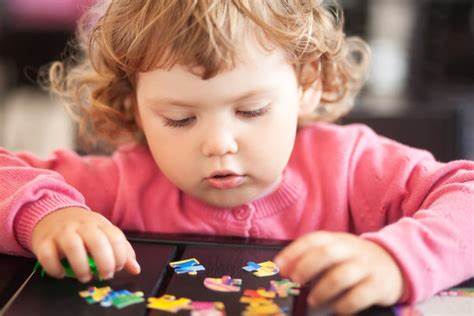Child Toy Safety Guide: Ensuring Harmless Playtime for Kids
July 06,2023

Introduction
Toys play a crucial role in a child’s development, providing entertainment, education, and fostering creativity. However, it is essential to prioritise toy safety to protect our little ones from potential hazards. In this blog, we will discuss the importance of child toy safety and provide practical tips to ensure that your child’s toys are harmless.
Choose Age-Appropriate Toys
When selecting toys for your child, always consider their age and developmental stage. Age recommendations are provided on toy packaging for a reason. Toys designed for older children may contain small parts that pose a choking hazard for younger kids. Conversely, toys for younger children may not be suitable for older kids, leading to boredom or frustration.
Look for Safety Certifications
Before purchasing any toy, check for safety certifications such as the CE mark (European Union), ASTM F963 (United States), or the CCC mark (China). These certifications ensure that the toy has undergone rigorous testing and meets safety standards. Avoid purchasing toys without proper certifications, especially from unknown or unreliable sources.
Inspect for Small Parts
Inspect toys for small parts that could be easily detached or broken. Small parts pose a significant choking hazard for young children. Ensure that all components, such as buttons, eyes, or batteries, are securely attached to the toy. Regularly check toys for any signs of wear and tear, and discard or repair damaged toys immediately.
Avoid Toxic Materials
Toxic materials, such as lead or phthalates, can be harmful if ingested or inhaled by children. Look for toys made from non-toxic materials, such as BPA-free plastics or natural wood. Avoid toys with strong chemical odours, as they may contain harmful substances. Additionally, be cautious of painted toys, ensuring that the paint used is non-toxic and lead-free.
Be Mindful of Toy Size and Shape
Consider the size and shape of toys to prevent accidents. Avoid toys with sharp edges or points that could cause injury. For younger children, choose larger toys that cannot be swallowed or lodged in their airways. Be cautious with toys that have strings, cords, or ribbons, as they can pose a strangulation risk.
Follow Age Restrictions and Instructions
Always follow the age restrictions and instructions provided by the manufacturer. These guidelines are designed to ensure the safe use of the toy. If a toy is labelled for children aged three and above, it may contain small parts that are unsafe for younger children. Additionally, carefully read and follow any assembly or usage instructions to minimise potential risks.
Regularly Inspect and Clean Toys
Regularly inspect toys for any damage, loose parts, or signs of wear. Clean toys regularly to remove dirt, bacteria, and allergens. Follow the manufacturer’s instructions for cleaning and disinfecting specific toys. Soft toys can often be machine-washed, while plastic toys can be wiped down with a mild detergent and water.
Conclusion
Child toy safety is of the utmost importance to ensure a safe and enjoyable playtime for our little ones. By choosing age-appropriate toys, looking for safety certifications, inspecting for small parts, avoiding toxic materials, being mindful of toy size and shape, following age restrictions and instructions, and regularly inspecting and cleaning toys, we can create a safe environment for our children to play and grow. Let’s prioritise toy safety and provide our children with the best possible play experiences.